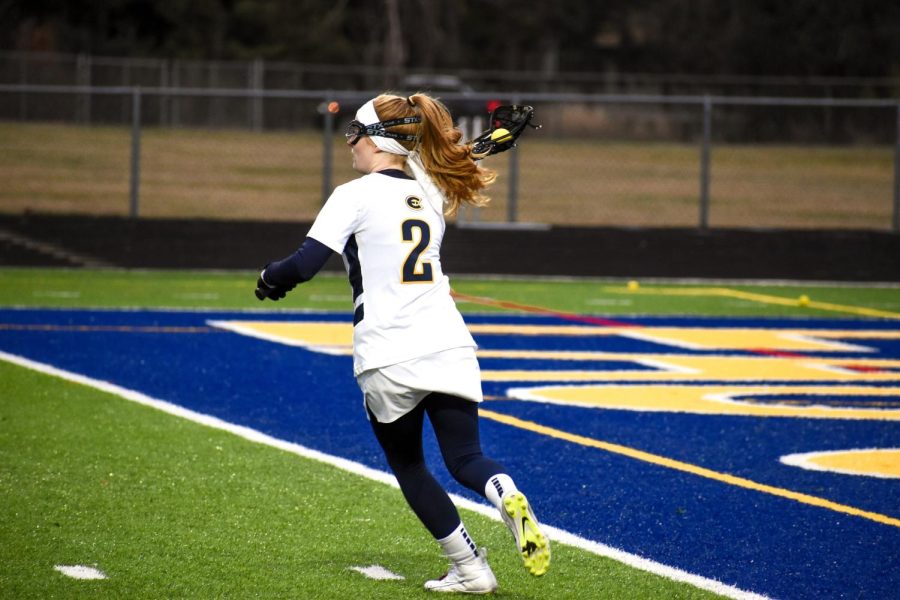If you’ve experienced any type of media in the past few weeks, chances are you’ve heard about the latest, and perhaps final, development in the Lance Armstrong doping scandal. In late August, Armstrong surrendered in the fight against the United States Anti-Doping Agency, resulting in the loss of his seven consecutive Tour de France titles.
It’s important to note that Armstrong never plead guilty to any of the charges filed against him by the USADA, and he has maintained his innocence from the beginning.
However, the USADA does have the authority to strip him of his titles, monetary awards, and even his bronze medal at the Olympic games in the year 2000.
As if taking his titles away isn’t ridiculous enough in itself, it was done by an American anti-doping agency. Is it really fair of the USADA to take away all of the titles and money Armstrong won in a European event? I certainly don’t think so.
Of all of the drug tests he was forced to take throughout his incredible 1999-2005 winning streak, Armstrong failed only once back in 1999, and even then he was able to produce a backdated prescription for the corticosteroid. The bulk of the evidence cited by the USADA is in the form of testimonials. They were given by teammates and assistants of Armstrong who were close to him during his seven-year domination of the cycling world.
So do I believe Armstrong when he says he never cheated? Absolutely not. I’ve learned enough about the sport of cycling to know that doping is no rare occurrence. As a matter of fact, The New York Times released an interesting graphic illustrating exactly how many of the top finishers of the Tour are caught doping each year.
Out of the top ten finishers from 1998-2011 (140 cyclists total), 55 of them either tested positive for, admitted to or were sanctioned for doping. And that’s just the ones who were caught. If places were to be re-awarded for the 2003 Tour based on who was caught doping, Armstrong’s yellow jersey would be awarded to fifth place finisher Haimar Zubeldia and the second place title would travel all the way down to ninth place finisher Carlos Sastre.
The reason many cyclists are able to test negative in their tests is the rapid advancement of performance enhancing drugs. The drugs are always a step ahead of the testing process, and the organizations in charge of testing the athletes are constantly playing a game of catch-up. New testing methods can emerge only as quickly as the new drugs are invented.
I don’t believe that cheating of any kind is acceptable in order to win, but we have to consider the circumstances when it comes to cycling. Professional cyclists compete on an incredibly high level, but it’s important to understand that they are all competing at that same level. Regardless of whether he was doping or not, Armstrong was still the best cyclist by a hefty margin, and he was beating plenty of guys who were using similar methods to gain an advantage. In other words, it’s
all relative.
Armstrong’s commitment to what he does and the ferocity with which he does it only makes him more appealing as an athlete (not to mention his cameo appearance in the movie “Dodgeball”). After overcoming testicular cancer in 1996, he founded the Lance Armstrong Foundation in 1997 and made millions of dollars for people affected by cancer with the sale of yellow Livestrong bracelets.
The USADA can take away all of Armstrong’s titles and awards, but they can’t take away the things he has done for countless people throughout the world. Nobody will forget who actually won seven Tour titles in a row. When all is said and done, Lance Armstrong remains a hero.












